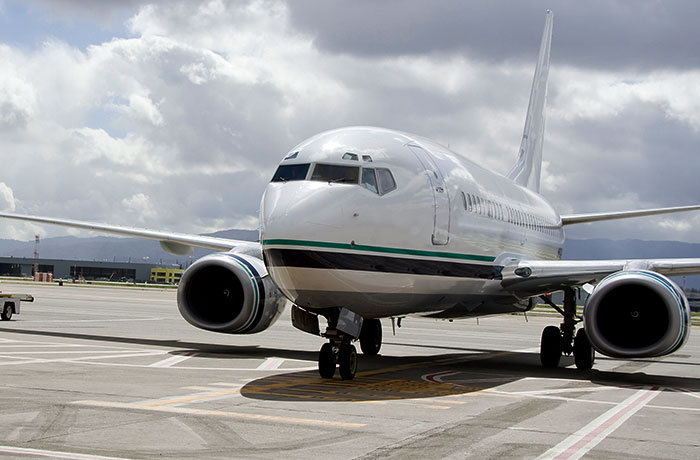Digital transformation should be the first priority for aviation organisations
Paul Garry, Dan O'Donnell


Recent Posts
Strengthening Security for Microsoft 365 Copilot
January 6th, 2026
Microsoft’s Agentic AI Direction for Enterprise Operations
December 18th, 2025
AI in Financial Services 2025: Turning Intelligence Into Impact
December 15th, 2025
How to Build AI-Enabled Operations and Achieve Measurable Outcomes
December 10th, 2025
Prioritize Strategy to Strengthen Your Cloud Transformation
December 8th, 2025
Related Posts
AI Insights
Strengthening Security for Microsoft 365 Copilot
January 6th, 2026
AI Insights
Microsoft’s Agentic AI Direction for Enterprise Operations
December 18th, 2025
AI Insights
AI in Financial Services 2025: Turning Intelligence Into Impact
December 15th, 2025
AI Insights
How to Build AI-Enabled Operations and Achieve Measurable Outcomes
December 10th, 2025
Cloud Insights
Prioritize Strategy to Strengthen Your Cloud Transformation
December 8th, 2025
While the COVID-19 pandemic created numerous financial and logistical challenges for the airline industry as a whole, it provided progressive aviation organisations with an opportunity to review IT infrastructure and streamline activities to prepare for a new way of operating.
The pandemic reduced the demand for air travel significantly in 2020 with airline capacity dropping to an average of 30% in comparison to 2019. While this global slowdown created numerous financial and logistical challenges for the airline industry as a whole, it provided progressive aviation organisations with an opportunity to review IT infrastructure and streamline activities to prepare for a new way of operating. One such organisation was the International Air Transport Association (IATA). Here’s how the IATA — an airline trade association — transitioned to a flexible, secure and cost-optimised cloud environment by focusing on four key areas:
- Achieving agility and flexibility with cloud
- Leveraging continuous cost optimisation
- Powering predictions with data management
- Maintaining secure and compliant cloud operations
Achieving agility and flexibility with cloud
The ability to add business value instantaneously is important, especially when it comes to increasing efficiencies. See how IATA is creating better cloud native applications while simultaneously gaining operational benefits and making cost-savings with its cloud environment. The move from legacy infrastructure to cloud increases flexibility with the introduction of infrastructure options such as containers. This in turn is enabling IATA to automate back-office financial services and explore contactless processes at airports.
Leveraging continuous cost optimisation
By using cloud optimisation tools, IATA now has cost visibility that allows continuous optimisation along with the scaling of computing resources to align with demand. IATA can deliver maximum business value with fewer resources by identifying which resources are being used the most, and which aren’t being used at all.
Powering predictions with data management
The pandemic made traditional forecasting applications obsolete. IATA is now leveraging end-to-end data management to provide transparency to airlines on an evolving future. Predictive analytics and advanced analysis are at IATA’s fingertips as it accesses data in the cloud to make smarter decisions and identify new business opportunities.
Maintaining secure and compliant cloud operations
Data security remains a high priority as passengers share more and more personal data. For example, during the pandemic passengers needed to provide information to ensure it was safe for them to fly. IATA has been able to secure data in the cloud and track data usage, both internally and externally. In addition, cyberthreats are quickly detected and IT is alerted via real-time alerts. As it looks to increase the adoption of IoT for greater integration with devices used throughout airports, IATA has the assurance that its data is protected and its compliance needs are addressed.
Unlock the power of the cloud for your aviation organisation
Our experts can deliver a modern cloud environment that is flexible and efficient across private and public cloud, applications, data and security. We offer highly secure and compliant enterprise-grade IT — along with extensive managed service experience and managed services — to help you transform your operations and deliver services through challenging times. Learn more about our cloud services and technologies.
Tags:




